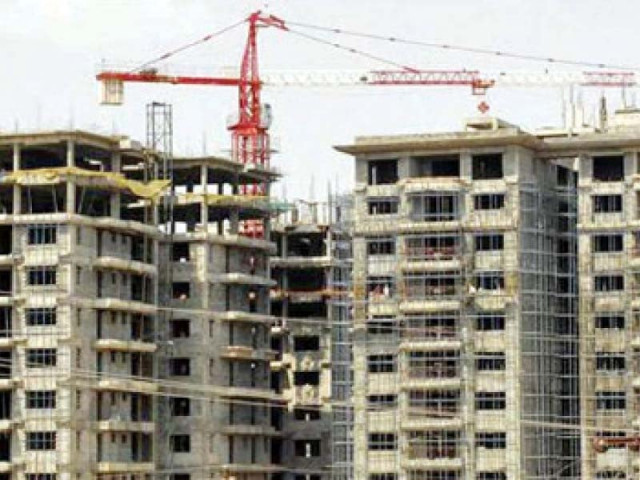Govt relaxes housing finance rules
Cuts cost of finance, increases subsidy, enhances debt repayment period

A vulnerable section of society, belonging to the low-income group, will be able to own a house after the government cut the cost of housing finance, increased subsidy and enhanced the debt repayment period under the low-cost housing schemes.
“In view of the feedback received from various stakeholders, the government of Pakistan (GoP) has decided to revise pricing (markup rates and subsidy payment period) under tier-1 of the scheme which is used to finance housing units in NAPHDA (Naya Pakistan Housing and Development Authority) projects,” the central bank reported on Friday (Feb 11).
The government has revised down the markup rate to 2% for the first five years of the loan scheme. The markup rate would be 4% for the sixth to 10th year and 5% for the 11th to 15th year under the low-cost housing scheme, according to the central bank’s notification.
“For loan tenure exceeding 15 years, the market rate, ie bank pricing (Kibor + 250 basis points) will be applicable,” the notice read.
Earlier, the markup rate was 3% for the first five years and 5% for the next five years under tier-1 of the scheme. Later, banks were allowed to charge the standard markup for the period exceeding 10 years.
People can acquire a maximum Rs3 million under tier-1 of the subsidised scheme.
The government has significantly increased the amount of subsidy on low-cost housing finance in line with its consideration for “doubling the amount of subsidy to Rs600,000 per low-cost housing unit compared to Rs300,000 earlier,” Association of Builders and Developers of Pakistan (ABAD) former chairman Hassan Bakshi said while talking to The Express Tribune.
The drop in markup rate, rise in subsidy payment and increase in the debt repayment period to over 15 years from 10 years “have reduced the amount of monthly installment,” he estimated.
“The softening of rules for low-cost housing finance has made a higher number of people eligible to own a house in Pakistan,” he said.
People who do not work in formal sectors and do not receive monthly payslips can apply for the loans by submitting a copy of their paid monthly utility bills such as electricity and gas bills.
Another former chairman of ABAD, who spoke on the condition of anonymity, said that the private sector, like Abad members, could not provide housing units at a price of Rs3 million, as acquiring of land for the project has become costlier in the country.
The government is providing low-cost housing units under its Naya Pakistan Housing and Development Authority (NAPHDA) projects,” he said.
He said that the federal government is working on similar projects in Islamabad, Punjab, Khyber Pakhhtunkhwa (K-P) and Balochistan. “The government of Sindh is not initiating low-cost housing projects for political reasons,” he said.
He said the government of Sindh should also initiate affordable housing projects since the slogan of providing food, clothing and shelter was first chanted by their its Zulfiqar Ali Bhutto. “The government of Sindh should keep words of Bhutto.”
Earlier, a banker termed low cost housing scheme fantastic. A large number of people are applying to avail the scheme in a bid to own a house but the problem is that no house is available at a price of Rs3 million, which is the maximum limit of housing finance under tier-1.
He advised the government to work to increase supply of low-cost housing units in the country.
Earlier, the central bank directed the commercial banks to increase the minimum amount of loan to 7% of their total disbursement to the private sector in 2022. Prior to this, the banks were given 18 months to disburse a total of 5% for the period ended December 31, 2021.
Banks disbursed a total of Rs355 billion during 2021, including Rs38 billion for low-cost housing schemes.
Published in The Express Tribune, February 15th, 2022.
Like Business on Facebook, follow @TribuneBiz on Twitter to stay informed and join in the conversation.



















COMMENTS
Comments are moderated and generally will be posted if they are on-topic and not abusive.
For more information, please see our Comments FAQ